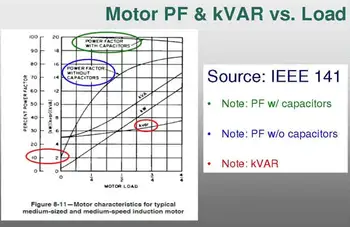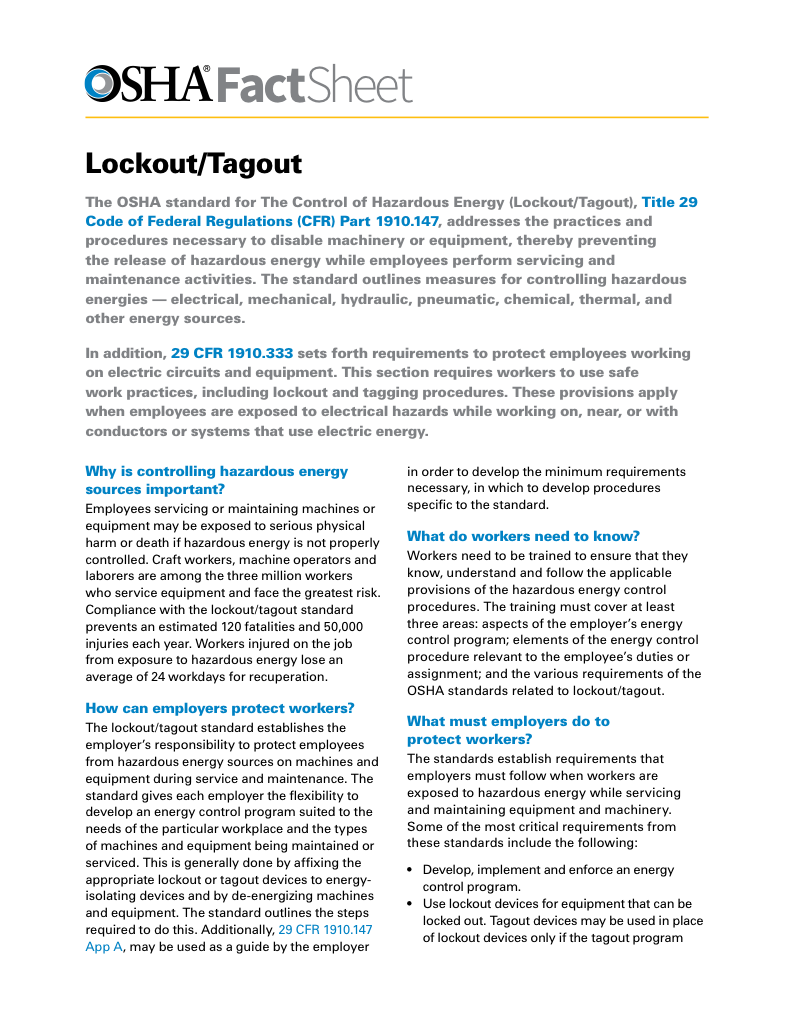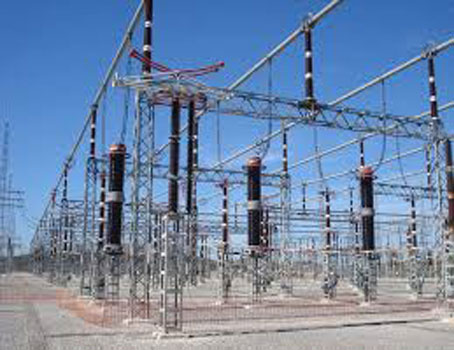How to Find Power Factor
Power Factor Training
Our customized live online or in‑person group training can be delivered to your staff at your location.

- Live Online
- 6 hours Instructor-led
- Group Training Available
Download Our OSHA FS3529 Fact Sheet – Lockout/Tagout Safety Procedures

- Learn how to disable machines and isolate energy sources safely
- Follow OSHA guidelines for developing energy control programs
- Protect workers with proper lockout devices and annual inspections
Power factor reflects how efficiently your electrical system uses energy. Finding this value accurately is key to identifying energy losses, improving performance, and lowering utility bills.
Power Quality Analysis Training
Request a Free Power Quality Training Quotation
Understanding how to find power factor involves measuring the ratio between useful energy (watts) and the total energy flowing (volt-amperes) through your equipment. Fortunately, with the right tools and process, the calculation is straightforward. To understand the basics, see our What is Power Factor? guide.
What is Power Factor?
At its core, power factor is a measure of efficiency. It compares the energy that does real work to the total energy supplied. A perfect system would have a power factor of 1.0, meaning no energy is wasted. In reality, most electrical systems have a lower value because of inefficiencies created by motors, transformers, and other inductive devices.
You can learn more about what is unity power factor explained and why achieving near-perfect efficiency is often difficult.
Tools Needed to Measure It
To measure and find your system's power factor, you will need:
-
A wattmeter to measure the real energy used (watts).
-
A clamp-on ammeter combined with a voltmeter to calculate the total energy flow (volt-amperes).
-
Alternatively, a multifunction analyzer or power quality meter can perform all measurements automatically.
For more comprehensive monitoring solutions, consider options like a power factor meter, as explained.
Understanding Real Power vs Apparent Power
To calculate power factor, you need two key values:
-
Real Power (kW): The actual usable power performing work.
-
Apparent Power (kVA): The total power supplied, including both usable and non-usable components.
The relationship between real and apparent power is key. For a deeper understanding, review our guide to Apparent Power Formula.
The Basic Power Factor Formula
The formula for calculating power factor is simple:
Power Factor (PF) = Real Power (kW) ÷ Apparent Power (kVA)
For example, if a motor consumes 80 kW of real power and 100 kVA of apparent power:
Electricity Today T&D Magazine Subscribe for FREE

- Timely insights from industry experts
- Practical solutions T&D engineers
- Free access to every issue
PF = 80 ÷ 100 = 0.8
This 0.8 value means 80% of the electrical power is being used effectively.
You can also explore related methods through our Power Factor Formula resource.
Step-by-Step: How to Find Power Factor
Step-by-Step: How to Find Power Factor
-
Measure Real Energy (Watts)
Use the wattmeter to measure the amount of electrical energy being consumed by the load. -
Measure Voltage and Current
Use the voltmeter and clamp-on ammeter to simultaneously measure voltage (V) and current (I). -
Calculate Apparent Load (Volt-Amperes)
Multiply the voltage by the current:
VA = Voltage × Current -
Determine Power Factor
Finally, divide the real energy (watts) by the total apparent energy (volt-amperes):
Power Factor = Watts ÷ Volt-Amperes
Example:
If you measure 800 watts, 230 volts, and 4 amps:
-
Volt-Amperes = 230 × 4 = 920 VA
-
Power Factor = 800 ÷ 920 ≈ 0.87
This shows your system operates at about 87% efficiency.
Pro Tip:
Always measure during peak load times for the most accurate results. Light loads can distort the true operating efficiency.
If you need quick assistance, our Power Factor Calculator can make these calculations even easier.
Power Factor and Cosine of Phase Angle
In AC circuits, the PF is also represented by the cosine of the phase angle between voltage and current, commonly expressed as cos φ. To learn more about the role of cos φ in electrical systems, see our article on Power Factor Cos phi (cos φ).
A cos φ value closer to 1 means better efficiency and lower energy losses.
Tools to Help Find Power Factor
Using a dedicated Power Factor Meter simplifies the process, providing real-time readings of a system's efficiency. This is especially helpful in industrial environments where loads vary.
Why Power Factor Matters
Poor PF not only wastes energy but can also result in higher utility bills and penalties. To correct a low PF, many facilities install Power Factor Correction Capacitors to offset reactive power.
For a broader understanding, visit our overview on Understanding Power Factor Correction.
Determining the PF of an electrical system involves straightforward steps: measuring real and apparent power, and then applying a simple formula. With this knowledge, you can optimize system performance, reduce energy costs, and prolong equipment life. Mastering how to determine PF is a small investment of effort that yields significant operational and financial benefits.
Frequently Asked Questions
Can I find power factor without a wattmeter?
It’s possible if you have a sophisticated clamp meter that measures both real and apparent load, but for accuracy, a wattmeter or quality analyzer is strongly recommended.
What if my power factor keeps changing?
Fluctuating loads, like motor startups or varying equipment usage, can cause it to change throughout the day. Using a power quality analyzer can help track these changes over time.
Does a bad power factor affect my equipment?
Yes. Over time, poor efficiency stresses cables, transformers, and switchgear, leading to overheating, failures, or costly repairs.
How often should I measure power factor?
If your facility's load profile changes seasonally or due to expansion, it’s a good idea to reassess at least annually.
Can software estimate it without measuring?
Some building management systems can estimate efficiency based on load profiles, but direct measurement remains the most accurate method.
Related Articles








